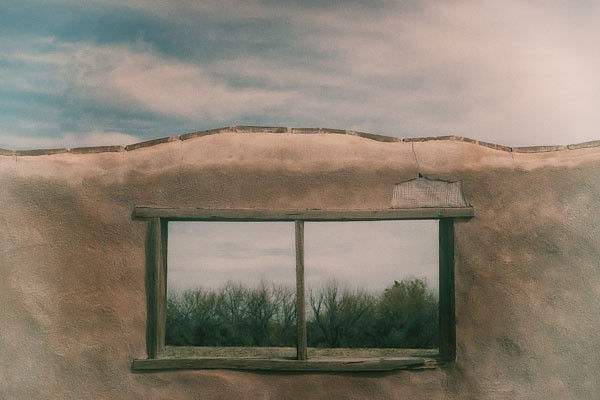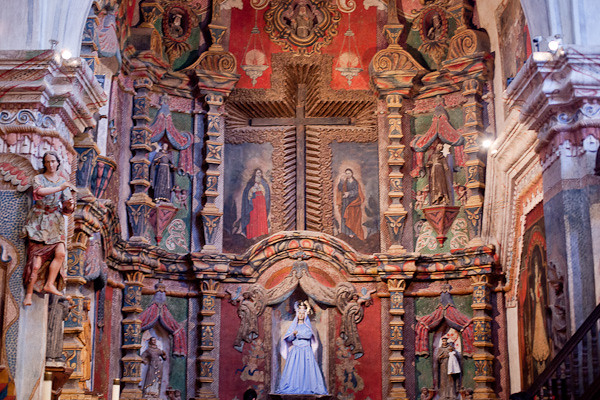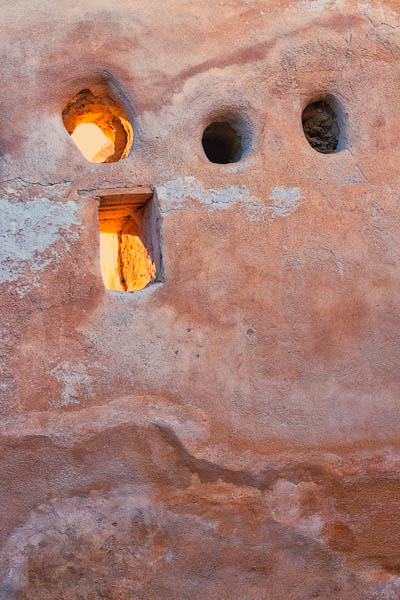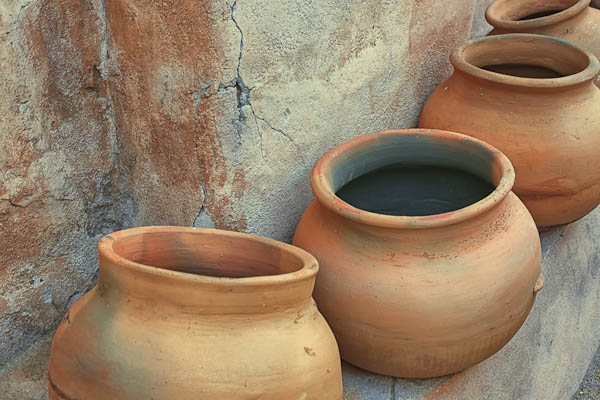
https://drcarlosarzabe.com/dr-carlos-arzabe/ Rays of Sunlight © 2012 Bo Mackison
https://www.petwantsclt.com/petwants-charlotte-ingredients/ Spiritual and creative journeys are not so much about growing in certainty — in many ways it is about growing less certain — it is about about learning how to move deeply into the heart of mystery, into the great unknown.
https://www.merlinsilk.com/neologism/ During the first few days of each new month, I look for a photograph for Photo-Heart Connection from last month’s photos. I look for one that speaks to me in a special way, perhaps one with a message I overlooked the first time I worked with the photograph. Here is my choice from the many photos I took in March.
Order Tramadol Cod Overnight Delivery I took this photograph of three simply carved chairs in the stunningly decorated church at the Mission of San Xavier del Bac, just south of Tucson, Arizona. Construction of the church began in 1783 and was completed fourteen years later. It is the oldest intact European structure in Arizona and is a National Historic Landmark.
The church is filled with original, hand carved statuary and murals on many of the walls – many of the murals depict items that could not be obtained in 18th century Arizona. There are paintings delicately rendered as substitutes for wall coverings, draperies, wood, and marbled surfaces. Dozens of statues were also hand carved, painted, and then finished with materials brought from Spanish missionaries from Mexico into Arizona.
Whenever I take photographs of the Mission at Xavier del Bac or other holy places, I am often filled with a depth of connection and spirituality that I seldom encounter in other buildings.
When I took this photograph of the sacristy, I was aware of the rays of sunshine illuminating the armrests of two of the chairs. I loved the contrast, the symbolic meaning of light opening a dark space. When I checked the photos on my computer, again the contrast struck me — this time between the ornate — the heavily ornamented walls and niches — and the simple — the carved chairs illuminated by a shaft of light coming through one of the few windows.
It was a photograph that made a heart (and soul) connection.
—————-
Bo Mackison is a photographer and owner of Seeded Earth Studio LLC. She has been living in southern Arizona for the last two and a half months, and has taken many photographs of holy and sacred places. She joins other photographers at Kat Eye Studio and posts a photo taken the prior month that “connects with her heart’ during the first few days of the new month.
















